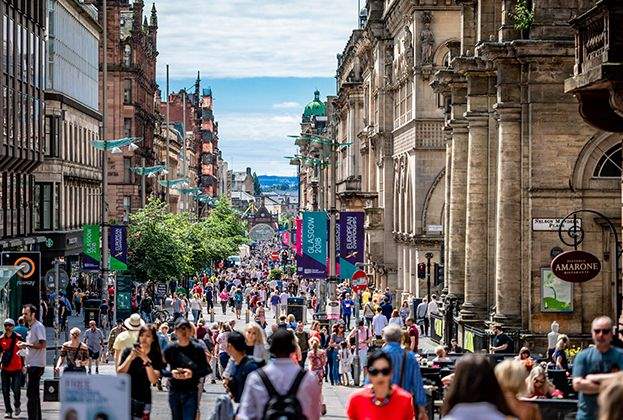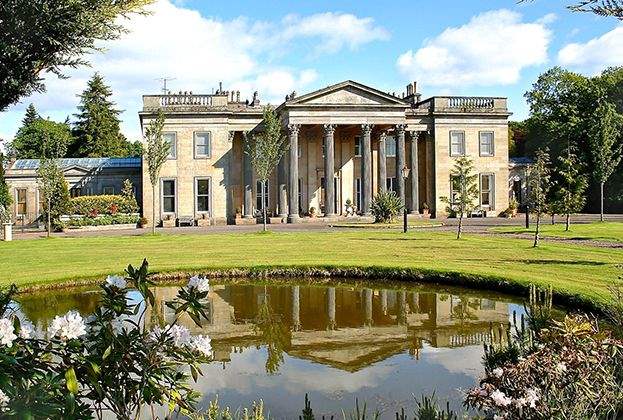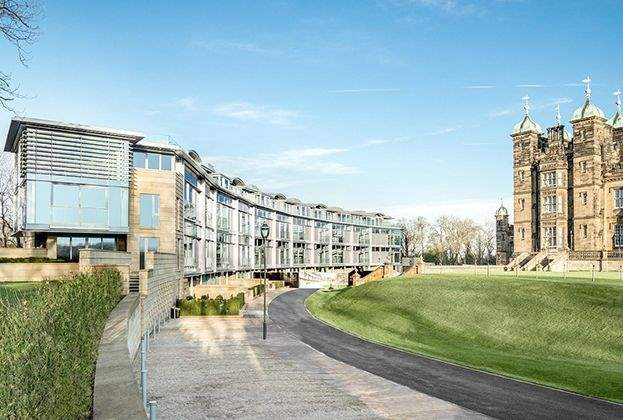Transactions in commuter areas and certain price bands continue to recover
Residential activity across the Aberdeen area recovered during the second half of last year and average prices have remained steady in recent months. The number of residential transactions across Aberdeen City and Aberdeenshire increased by 2%, from 4,382 during the second half of 2017, to 4,483 during the second half of 2018.
Prime market outperforms
The Aberdeen area’s market recovery is being led by the prime market. Transactions above £500,000 in Aberdeen City during 2018 were slightly higher than the number during 2017.
In Aberdeenshire, the second hand market between £300,000 and £500,000 and also above £700,000 witnessed a modest recovery over the same period. Transactional activity across all price bands in Aberdeen City’s new build market also improved, supported by incentives.
Stock levels beginning to peak
The high level of available stock remains a key barrier to Aberdeen’s long-term market recovery. Whilst the number is slightly higher than a year ago, it has dropped by 9% since peaking in July 2018, when 5,674 properties were available. With the exception of the market up to £100,000, all other bands have seen stock levels beginning to ease. Supply is less saturated above £400,000 in particular, and this is being reflected in improved transactional activity in some areas. Whilst just over half of the overall stock has been unsold for a number of years, there are now more realistically priced mainstream properties being launched.
Prices are beginning to find their level, with the monthly average in Aberdeen City and Aberdeenshire staying around the £160,000 and £190,000 level respectively for most of 2018
Savills Research
Outlook for prices
High stock levels have impacted house price performance in the Aberdeen area. However, prices are beginning to find their level, with the monthly average in Aberdeen City and Aberdeenshire staying around the £160,000 and £190,000 level respectively for most of 2018, according to the UK House Price Index.
Aberdeen area house prices ended the year 2018 approximately 4% lower than 2017. We expect price drops to ease in 2019, subject to a further reduction in stock levels. This will enable a recovery from 2020. Prices will follow a similar trend to the rest of Scotland from 2020 onwards, with 4% growth over the five-year period between 2019 and 2023.
The wider North East
Overall transactional activity across Angus, Dundee, Moray and southern Kincardineshire slightly dropped last year. However, the prime market bucked the trend recording a 22% increase in transactions.
Increased prosperity in Dundee led to prime growth in Angus, mainly in the market up to £500,000, with improved second hand activity around Brechin and the periphery of Dundee.
Prime transactions in Angus increased from 30 in 2017 to 43 in 2018, lifting average prices by 4%. Transactional activity in Dundee City remained stable last year, despite constrained supply below £300,000. Above this level, transactions increased, which led to a 3% annual rise in average prices last year.
Further north in Moray, improved activity above £200,000 led to a 5% annual rise in the average transaction price during 2018.
Whilst the overall market in southern Kincardineshire around Laurencekirk remains affected by the slowdown in the Aberdeen area, the second hand market above £300,000 remained stable.
.jpg)




